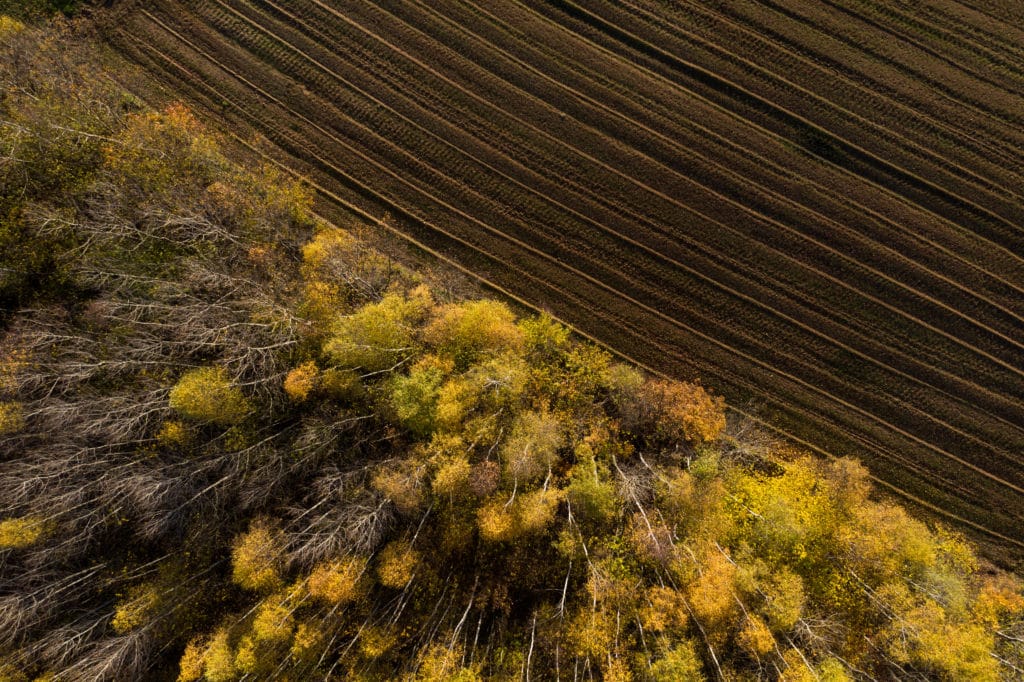Back in 2009, a collection of researchers and environmental conservationists gathered in Cambridge for a horizon scanning workshop to discuss biodiversity. One of the outcomes agreed upon by the practitioners that day was that, at the time, there were no tools for non-experts to collect and analyse biodiversity data to help them make decisions.
Dr. Kelvin Peh, now a lecturer in conservation science at the University of Southampton, co-developed the tool in the years thereafter. “That’s where the idea for TESSA came from,” he says. The project officially began in 2010 at the University of Cambridge, “and it’s still alive now.”
TESSA, or Toolkit for Ecosystem Service Site-based Assessment, was originally made to help conservation practitioners understand how to evaluate the ecosystem services of a natural site. These services can have value in the activities they provide such as flood protection, carbon storage and pollination. But also, in the more direct economic activities they can attract such as tourism or cultural services.
Local decision-making
By 2014, TESSA had achieved its first success story – a restoration project in Wicken Fen. There, the UK National Trust had used the toolkit to assess the financial value of 5,300 hectares of land near Cambridge (UK). Converted to farmland in the mid-19th century, plans to restore the area to its natural wetland state were met with opposition from local farmers.
The main argument was the anticipated economic losses. In response, the UK National Trust crunched the numbers using TESSA, comparing the financial benefits of Wicken Fen in the two scenarios; farmland vs. restored wetlands. The results showed that each hectare of land was worth $200 more per year as the latter – thus, providing a tangible argument for the restoration project.
Whilst there are already many tools out there, what makes TESSA stand out is that it is specifically designed for use by non-experts. “It’s not a mathematical modelling tool as with most others. Our toolkit is more like a written guidance document containing specific protocols in the form of an interactive pdf, which users can print out and bind into a book.”
Most web-based tools also tend to look at ecosystem services from a national or even global scale. But TESSA is aimed at analyses on a local level. It also involves a comparative framework so, in terms of decisions, it can help compare two options. “If we are talking about a restoration project, this could be a comparison between the financial value of restored land and that if no action were taken,” says Kelvin.

Interest from businesses
Even though Kelvin and his colleagues initially thought TESSA would be used by conservation practitioners in developing countries, they are also getting some attention from governments, businesses and academics. “We don’t yet have concrete examples of how businesses have used TESSA internally to make decisions. But we do know of some who have used TESSA to assess the land that they are sitting on.”
During his AXA-Research Fund post-doc fellowship, Kelvin released the first version of TESSA in 2010, then the second in 2017. “Now we are looking at a beta version 3, that will be launched in mid-2022.” In the meantime, Kelvin and his colleagues have been looking back and studying how the toolkit has been used around the world. He states, “our meta-study is yet to be published, but the results are very much in favour of conservation or restoration.”
Their initial results show that, since 2010, TESSA has been downloaded over 2,500 times from at least 69 countries. Of those, ~26% were from environmental NGOs, ~11% were governmental bodies and as many as 12% were from the private sector – including businesses. “This [latter] is particularly important as it means businesses are paying attention to biodiversity concerns.”
According to Kelvin, businesses have shown a growing interest in assessing ecosystem services. “The private sector is under increasing scrutiny from stakeholders who are expecting companies to report on the environmental impact of their investments.”
Corporate risk
Kelvin links the need to financially evaluate ecosystem services with decision-making based on risk in the private sector. “Once value is established, it is then easier to measure risk. Companies which are not setting targets for themselves are inherently riskier and prone to bigger financial premiums. For example, they may have to pay a higher insurance premium if they have an unfavourable ecosystem services measurement.”
In line with risk assessment, he has teamed up with French insurance company, AXA, who are looking into biodiversity for their clients. “Corporate reporting of ecosystem services and biodiversity is quite minimal right now because there aren’t many tools out there. It would be nice for companies like AXA to have tools that their clients can use for reporting biodiversity impact of their portfolios.”
Indeed, the results of a TESSA analysis do not always give a favourable result for protecting biodiversity. “I would say I’m not a conservation practitioner, my role is to provide evidence and data so that people can make their own decision.” But he says this should not prevent us from valuing natural resources. “In my opinion, we should not shy away from valuing nature because it offers a more tangible argument than ethics or moral.”
Find out more about TESSA
http://tessa.tools
https://portals.iucn.org/library/node/47778
https://www.axa-research.org/en/news/measuring-the-impact-of-protecting-biodiversity-a-practical-tool
https://theconversation.com/tessa-a-practical-tool-to-measure-the-impact-of-protecting-biodiversity-125254
https://www.theguardian.com/environment/2021/mar/08/land-could-be-worth-more-left-to-nature-than-when-farmed-study-finds-aoe








